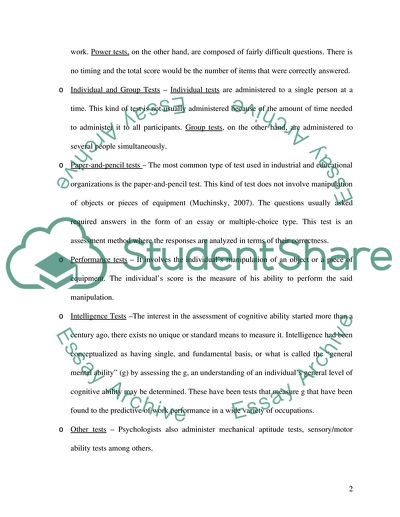Cite this document
(“Personality Tests - How Worthy Are They in Job Recruitment Research Proposal”, n.d.)
Personality Tests - How Worthy Are They in Job Recruitment Research Proposal. Retrieved from https://studentshare.org/psychology/1715574-psychology
Personality Tests - How Worthy Are They in Job Recruitment Research Proposal. Retrieved from https://studentshare.org/psychology/1715574-psychology
(Personality Tests - How Worthy Are They in Job Recruitment Research Proposal)
Personality Tests - How Worthy Are They in Job Recruitment Research Proposal. https://studentshare.org/psychology/1715574-psychology.
Personality Tests - How Worthy Are They in Job Recruitment Research Proposal. https://studentshare.org/psychology/1715574-psychology.
“Personality Tests - How Worthy Are They in Job Recruitment Research Proposal”, n.d. https://studentshare.org/psychology/1715574-psychology.


